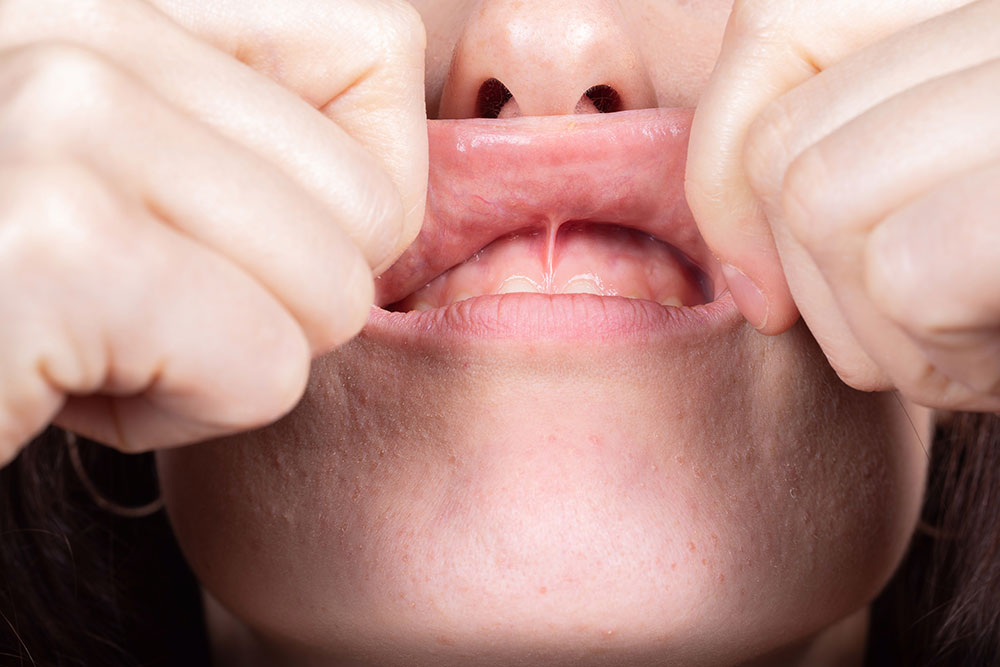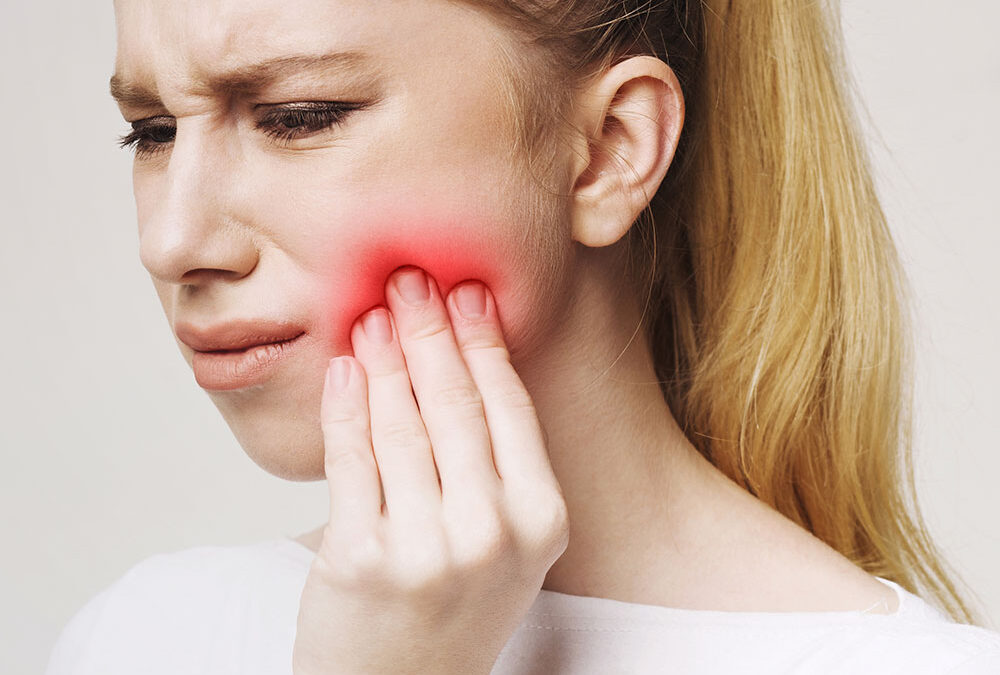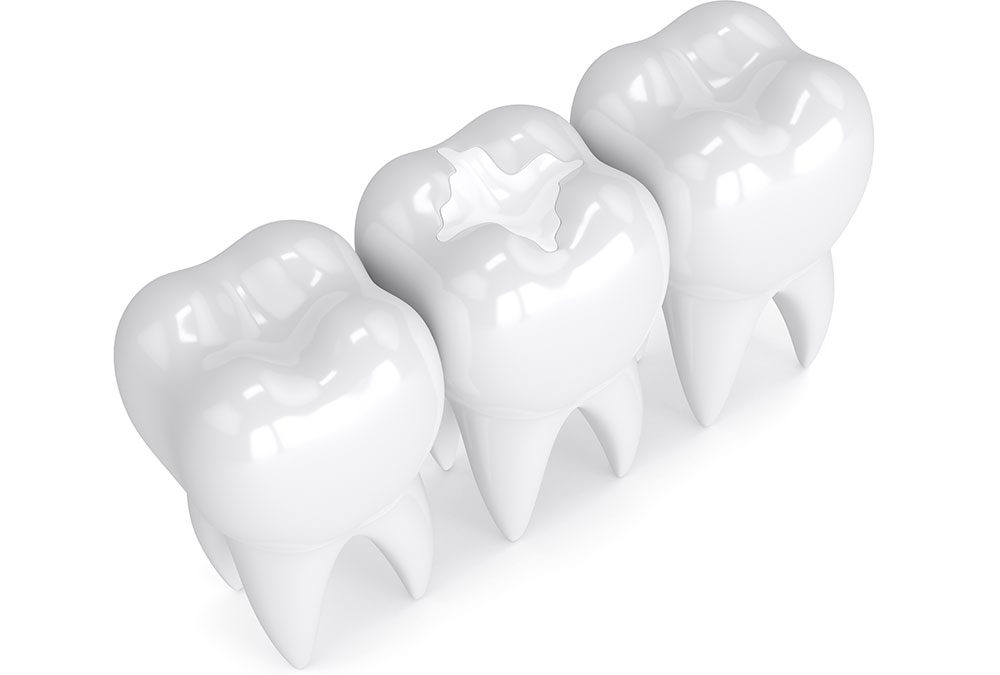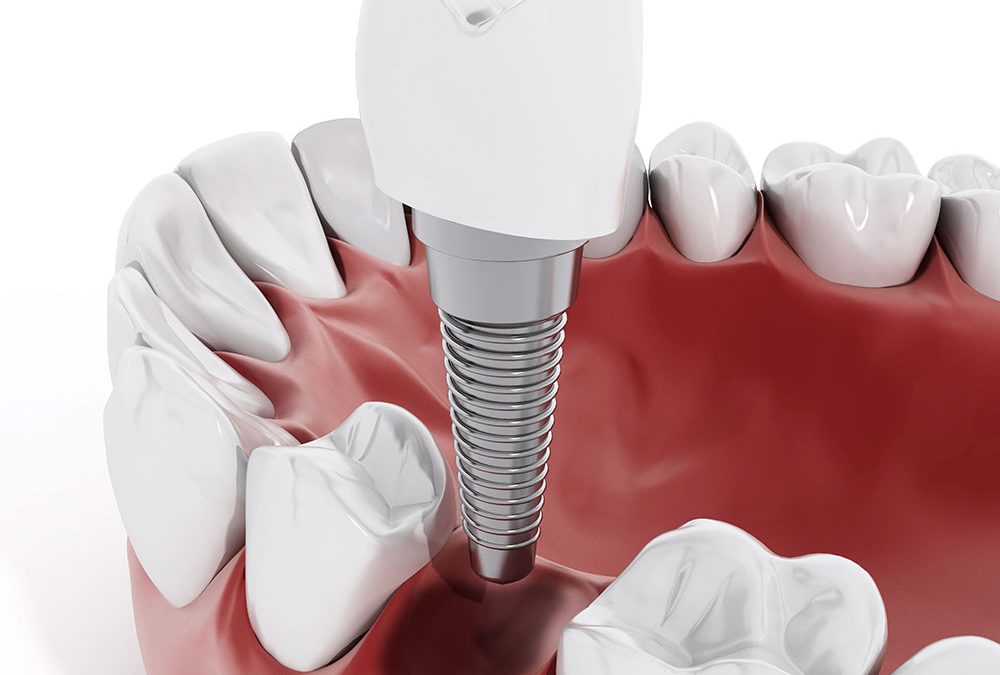
Why Does It Hurt To Eat Or Chew?
Eating is meant to be an enjoyable experience, but for some, it can become a painful ordeal. When something as routine as chewing or swallowing causes discomfort, it can significantly impact one’s quality of life. From mild irritation to severe pain, the reasons behind discomfort while eating can vary widely, as can the treatments available. Understanding the potential causes and seeking appropriate remedies can help alleviate this distressing issue.
Common Causes of Painful Eating or Chewing
Dental Issues
Dental problems like cavities, cracked teeth, gum disease, or infections can lead to pain while eating. Sensitivity to hot or cold foods, difficulty chewing on a particular side of the mouth, or sharp pain while biting down could be indicative of such problems.
Temporomandibular Joint Disorders (TMJ)
Disorders affecting the jaw joint and surrounding muscles, known as TMJ disorders, can cause discomfort or pain during chewing. Symptoms might include clicking or popping sounds in the jaw, limited movement, or aching facial pain.
Oral Ulcers or Lesions
Canker sores, oral ulcers, or lesions can develop inside the mouth, causing stinging pain while eating. These might be a result of underlying conditions, certain medications, or tissue trauma.
Acid Reflux or GERD
Acid reflux or gastroesophageal reflux disease (GERD) can cause a burning sensation or pain in the chest or throat when eating. Stomach acid moving up into the esophagus can irritate the lining and result in discomfort.
Allergic Reactions
Food allergies can lead to oral symptoms like itching, swelling, or a tingling sensation in the mouth. Severe allergic reactions might cause more pronounced pain or swelling, requiring immediate medical attention.
Potential Treatments for Painful Eating
Dental Care
Consulting a dentist is crucial for identifying and treating dental issues. Treatments might include dental fillings for cavities, root canals for infections or dental appliances to address alignment problems.
Pain Management
Pain relievers like ibuprofen or acetaminophen can help manage mild discomfort while eating. Consult a healthcare professional before prolonged use or for severe pain.
Dietary Changes
Modifying diet by avoiding trigger foods or eating smaller, more frequent meals can alleviate symptoms for individuals with acid reflux or food sensitivities.
Medications
Prescription medications might be necessary to manage underlying conditions like GERD or TMJ disorders. These could include antacids, proton pump inhibitors, muscle relaxants, or corticosteroids.
Lifestyle Modifications
Practicing stress-relief techniques, using warm compresses on the jaw, or undergoing physical therapy exercises (recommended by your healthcare professional) can aid in managing TMJ-related pain.
Seeking Professional Help
In cases of persistent or severe pain, consulting healthcare specialists such as dentists, oral surgeons, gastroenterologists, or allergists is essential for accurate diagnosis and tailored treatment plans.
Experiencing pain while eating or chewing can disrupt daily life and significantly impact overall well-being. Identifying the underlying cause through professional diagnosis is the initial step toward finding relief. Whether it’s dental issues, TMJ disorders, digestive problems, allergies, or other factors contributing to the discomfort, various treatments and lifestyle adjustments exist to alleviate this pain.
Remember, self-diagnosis and treatment without professional guidance might exacerbate the issue. Seeking advice from healthcare professionals ensures appropriate management and a return to pain-free eating, allowing individuals to savour meals without discomfort. Contact us to learn more, or to schedule a consultation.




